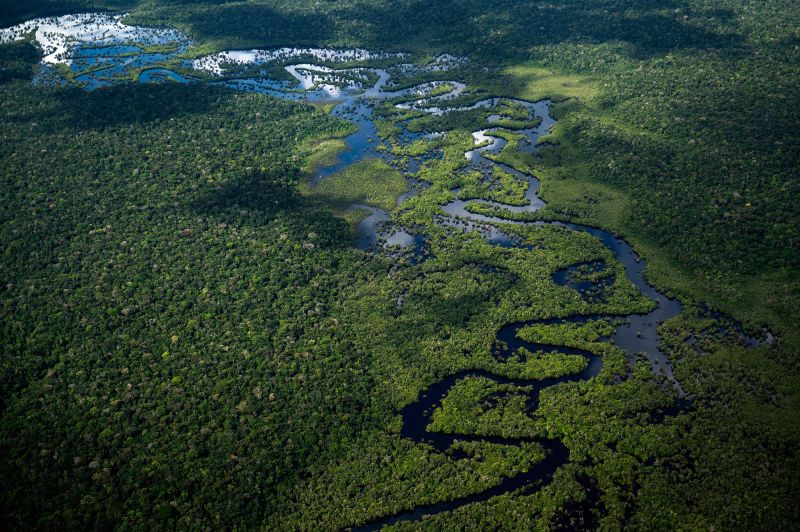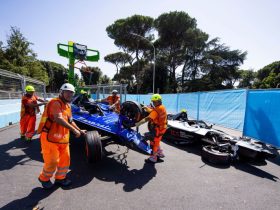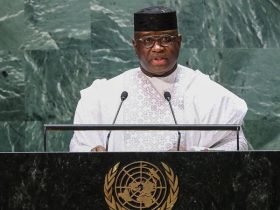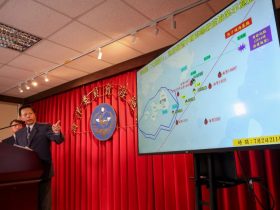Deforestation in the Brazilian Amazon fell by 66% last month compared to July 2022 and is now at its lowest rate in six years, according to preliminary data released by Brazil’s National Institute for Space Research (INPE) on Thursday.
Nearly 500 square kilometers (193 square miles) of rainforest were cleared in July, a significant fall from the 1,487 square kilometers (574 square miles) cleared last July.
There has been a sharp decline in deforestation since Luiz Inacio Lula da Silva was inaugurated as president in January. Lula has pledged to end deforestation, which had increased rapidly under his predecessor, Jair Bolsonaro.
Brazil’s environment minister, Marina Silva, said government policies, including increasing surveillance and fining perpetrators, has played a big role in bringing rates of deforestation down.
“It is the end of the expectation of impunity,” Silva told journalists at a news conference announcing the results. “When you see the increase in operations … this creates a virtuous circle of no longer expecting impunity.”
The preliminary data should be confirmed in the next few days, and comes as the countries which contain parts of the Amazon prepare to meet on August 8 and 9 in the Brazilian city of Belem, for a summit aimed at increasing protection of the rainforest.
The reduced rate of deforestation is positive news at a time when the Amazon remains critically vulnerable.
Mikaela Weisse, the director of the World Resources Institute’s (WRI) Global Forest Watch, said the data is “incredibly important and promising.”
Some scientists have warned that the rainforest may be approaching a critical tipping point that could see it transformed into a grassy savannah. This would have huge implications for biodiversity as well as the climate crisis – the Amazon stores huge amounts of carbon and has a significant impact on global weather patterns.
“The Amazon rainforest really serves as kind of a motor, for rainfall and precipitation throughout the region. And so I think we would expect to see pretty major implications on agricultural production, for example, in other parts of Brazil and across South America,” Weisse said.
If the Amazon is not protected, it will also be much harder to limit global warming to 1.5 degrees Celsius above pre-industrial levels, said Weisse. Breaching this threshold risks of triggering major tipping points, including the death of coral reefs and the melting of polar ice sheets.
Continued effort is needed to keep pushing deforestation rates down, Weisse said. “You can’t just reduce the rates and expect that it’s going to stay that way.”
What’s happening in the Brazilian Amazon provides some hope that rainforest destruction rates might start to decline globally. In 2022 an area of global tropical forest the size of Switzerland was lost as forest destruction rose by 10% compared to the previous year, according to a recent report from Global Forest Watch.






